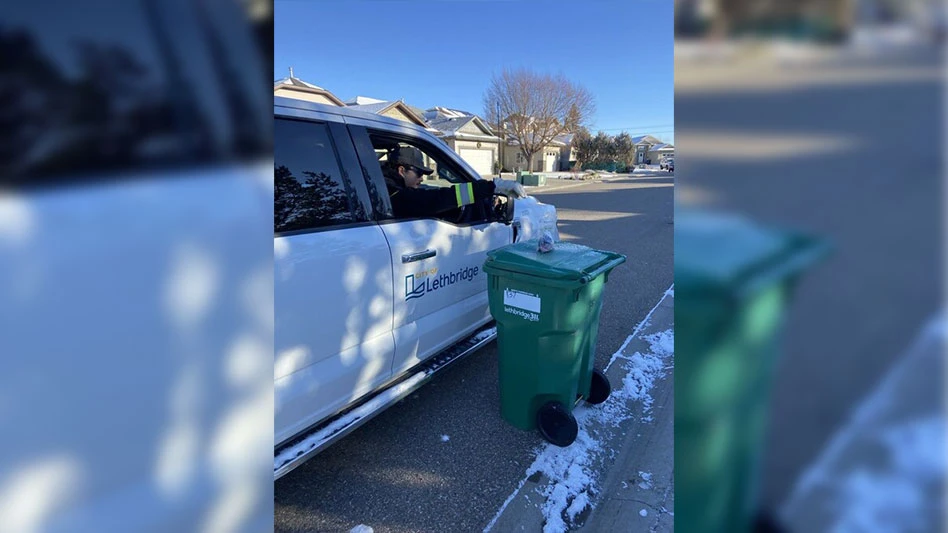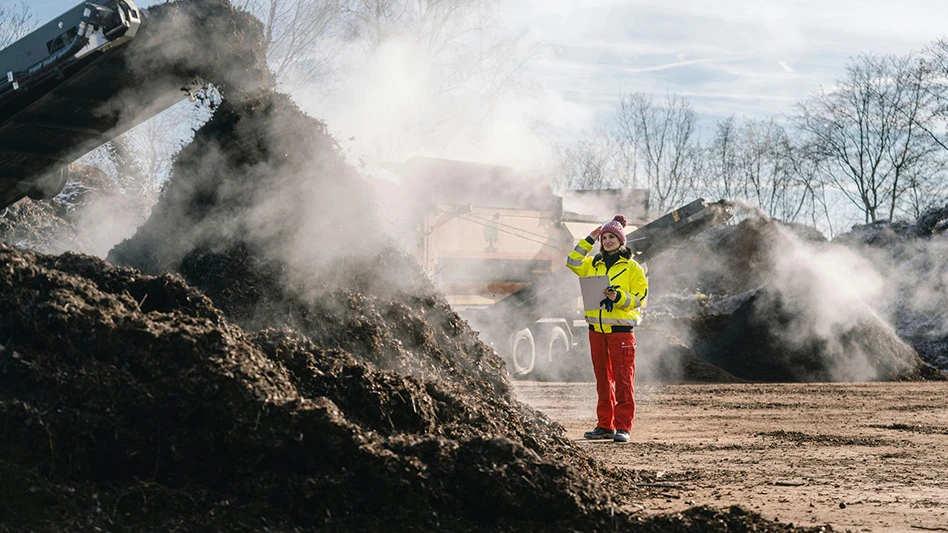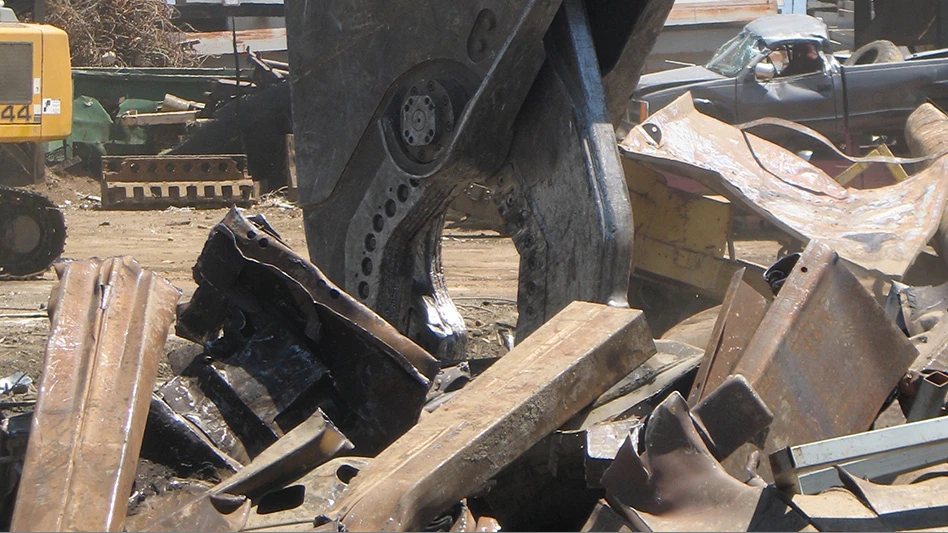The town of Plainfield, Ct., like many in eastern Connecticut, was eager to rid itself of the eyesore and hazard of its abandoned mills.
But the demolition of a portion of the former InterRoyal Corp. complex, which looms behind town hall, may have exposed nearby residents to hazardous asbestos fibers and violated federal criminal law.
The demolition is being investigated by the Criminal Investigative Division of the federal Environmental Protection Agency. In recent months, EPA marshals have raided town hall, searched the pocketbooks of town hall employees and confiscated local records of an investigation into an arson at the mill. Documents and tapes from the Connecticut Historical Commission, which approved the demolition, have been subpoenaed.
While no arrests have been made, Shawn J. Chen, an assistant U.S. attorney, confirmed that the EPA "is looking into a number of allegations related to things that happened at the mill that may have violated federal and criminal law."
A search warrant has been sealed in the case, but sources say federal marshals took minutes from board of selectmen meetings, a tape of a planning and zoning commission meeting and the computer of former First Selectman Paul Sweet. They also searched the pocketbooks of some workers to make sure they were not carrying out documents.
State environmental officials halted the demolition last year, but by then, significant portions of a 70,146-square-foot, one-story, brick building had been torn down.
Now, a locked, chain-link fence corrals the demolition equipment and piles of contaminated debris. A sign posted outside the fence reads: "This building is unsafe."
Two questions central to the investigation are: Who approved the demolition and did the work release asbestos into the air, posing a public health risk?
The old mill sits in a bustling part of town. Most of the complex remains standing, including the 653,000-square-foot main building, a three-story structure of brick and wood. The complex abuts town hall, a playground, a community walking track, an apartment building, a residential neighborhood and a smattering of businesses. A draft report released this month by the EPA confirms that there is asbestos in the soil where the demolition occurred, and it is also contained in the roofing material of the destroyed building.
There is also asbestos throughout the rest of the complex, the EPA report says. Asbestos, used in a variety of building materials, poses a hazard when it is disturbed and the fibers become airborne. There are no studies available on the short-term effects of exposure, but over the long term, inhaling asbestos fibers can cause severe respiratory problems, and cancer. Researchers have not determined a safe level of exposure.
Federal regulations prohibit anyone from knowingly wrecking or dismantling buildings that would break up, dislodge or disturb asbestos without first notifying the EPA. The law requires contractors to take precautions such as wetting down the asbestos and disposing of it at an EPA-approved site. Criminal penalties can reach up to five years in prison and $250,000 fine for each violation.
Those living near the mill are upset over the possibility that they inhaled asbestos during the demolition. More than 80 of them packed a meeting held by the local health district last month, demanding to know if their families had been exposed.
But Patricia Beckenhaupt, director of health for the Northeast District Department of Health, couldn't say. That's because her agency was not notified before the demolition occurred and there was no air monitoring while the work was under way, she said.
"We share the concerns of the EPA and the people in town that demolition of this sort needs to be conducted in the appropriate manner, and it's our understanding that was not done," Beckenhaupt said.
The EPA raided and closed town hall for several hours in October, less than a month before then-First Selectman Paul Sweet left office. He did not seek re-election. David Allard was elected first selectman in November.
Chen refused to identify the targets of the investigation, but said generally in such cases the liability goes beyond the demolition contractor and includes "people who either were directly involved in some illegal activities at the site or people who ordered others to be directly involved."
Edward Carroll, the Colchester salvage operator who, sources say, did the demolition, denied any knowledge of the work when contacted Monday and would not say who hired him.
" I don't know what you are talking about," he said. "Talk to the EPA, talk to Plainfield Town Hall." Carroll declined further comment, saying that he was ill.
Sweet did not return two phone calls to his home.
Records show that Sweet was aware of the asbestos problem at the sprawling mill site, which contains other hazardous materials such as lead paint and PCBs. The EPA removed barrels of hazardous waste from the site in the mid-1990s.
When resident Dan Ditullio saw Carroll working there in the summer of 2000, he was livid. The mill is part of the Lawton Mills historic district , and local historical society members had hoped to save the smallest, 4,500-square-foot building. Ditullio contacted the Connecticut Historical Commission after seeing Carroll doing cleanup work there because he knew demolition would follow.
The commission, which can intervene to prevent the unwarranted destruction of historic properties, set a hearing date for July 2000, but postponed it until Aug. 2 at the town's request.
Minutes of the August meeting show that Sweet and other town officials provided a list of reasons the buildings should be demolished, including the threat the unstable buildings posed and the lack of interest among developers in doing something with them. The EPA had spent $1 million already to clean up the site, he said. Sweet told the commission the demolition work was free to the town because the salvage contractor, whom he did not name, was not charging, but only wanted the valuable antique beams, wrought iron, bricks and windows from the mill.
The August minutes also show Sweet discussed the asbestos problems. He told the commission that asbestos removal would cost $130,000, and he also was present when Town Planner Jason Vincent reiterated "that serious health issues hinge on the presence of asbestos"
Issues regarding asbestos, however, are not within the purview of the Connecticut Historical Commission, John Shannahan, its director, said in a recent interview. At the end of the August hearing, the commission urged the town to make a last-ditch effort to save the small building, and asked officials to return for another meeting in September.
But in the meantime, someone lit rags and fabric on fire at the mill.
The fire, which was small and brought under control easily, is one area of the federal investigation. No arrests have been made concerning the fire.
"They took everything that I had," said Fire Marshal Paul Yellen, explaining that the EPA confiscated his report about the fire.
But Ditullio is troubled by the timing of the fire because he thinks it helped the town sway the Connecticut Historical Commission and bolstered the town's position that the mill is a firetrap.
"I'm not saying the town set it, but it looks awful suspicious," Ditullio said.
Shannahan recalls being concerned that his board had delayed action on the mill's demolition in August.
"After the first meeting on this issue, there was a fire there," he said. "I remember thinking, `Oh my goodness, we had put a hold on things.'"
At the next meeting, the commission voted unanimously not to attempt to block the demolition after Sweet told commission members about the fire, among other things. The EPA subpoenaed the commission's minutes and tapes, Shannahan said.
Demolition began soon afterward until it was halted about a year ago.
Sources have said the work at the site was intended to be limited in anticipation of the larger demolition that had been approved by the planning and zoning commission and voters at a town meeting and referendum. The work was designed to create a firebreak to prevent fire from spreading throughout the entire mill. Still, none of the approvals by town boards make demolition legal if the asbestos present in a building exceeds the threshold set by federal law.
Allard, the new first selectman, said the planning and zoning commission's approval of the demolition work in April 2000 when he was chairman, was contingent on the town's acquiring the proper permits.
Yellen, the fire marshal, said he never approved creating firebreaks on the site.
"It wasn't my idea," he said. "No one came and asked my approval for anything," he said. "That's a building official's call."
Building official Robert Kerr did not return three phone calls made to his office over the past week.
As the probe continues, the mill, first built in the early 1900s as a cotton mill and then used to manufacture robes and metal hospital beds, remains derelict. The town has yet to foreclose on the property, and back taxes exceed $600,000. InterRoyal filed for bankruptcy when it closed the plant in 1986. Hartford (Ct.) Courant
Latest from Recycling Today
- Phoenix Technologies closes Ohio rPET facility
- EPA selects 2 governments in Pennsylvania to receive recycling, waste grants
- NWRA Florida Chapter announces 2025 Legislative Champion Awards
- Goldman Sachs Research: Copper prices to decline in 2026
- Tomra opens London RVM showroom
- Ball Corp. makes European investment
- Harbor Logistics adds business development executive
- Emerald Packaging replaces more than 1M pounds of virgin plastic





